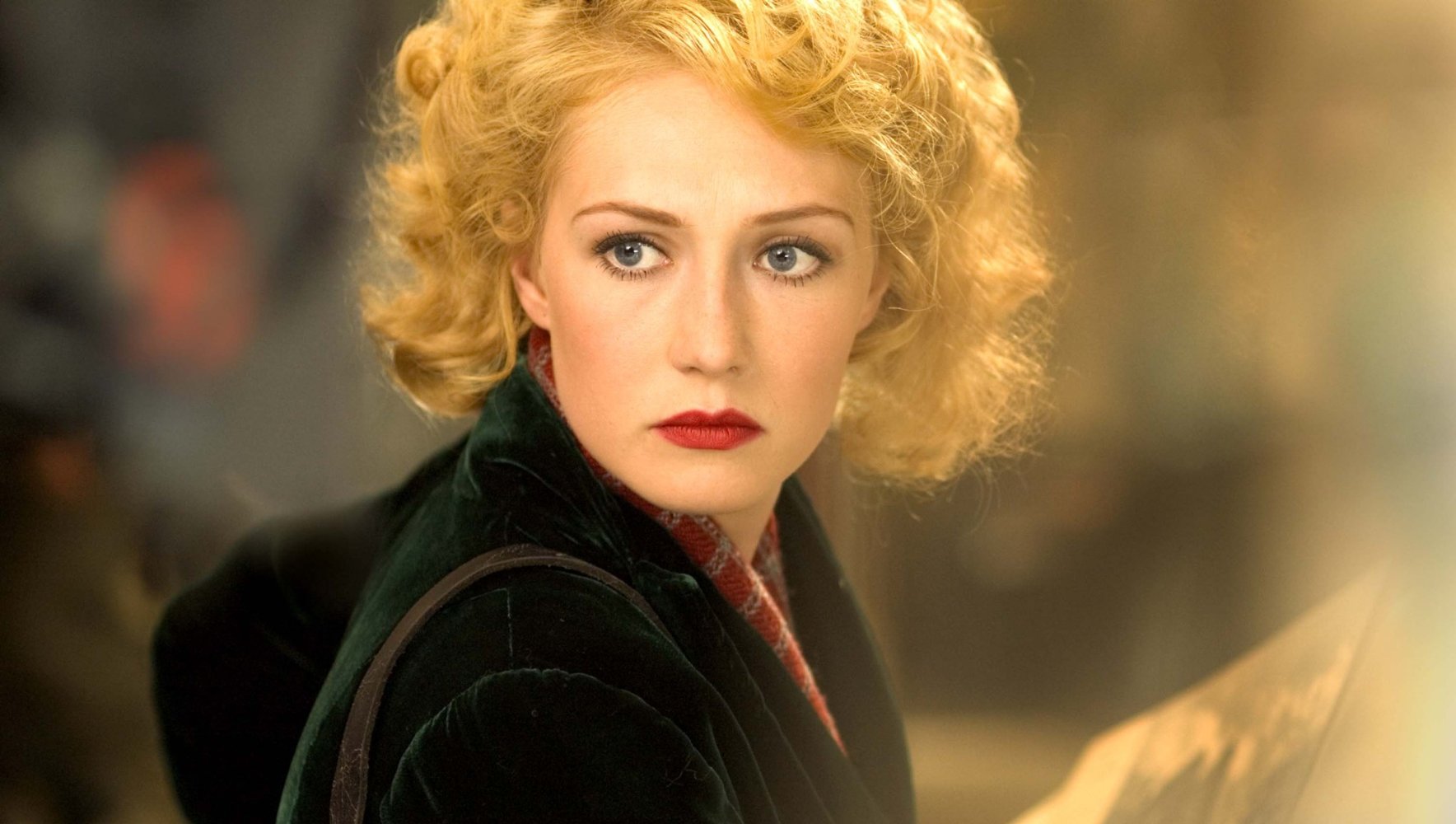

The book’s two volumes included letters and diaries, descriptions by writers and journalists, and documentary material placed at the disposal of the editorial board by the Special State Commission for Investigating Crimes Committed by the German Fascist Occupiers and Determining the Damage Caused by Them to Soviet Citizens, Kolkhozes, and Government Institutions.īy now, however, the Soviet position regarding the war, the Holocaust, and Jews had changed. Parts of the Black Book were also published in Romanian ( Cartea Neagră 1946). It was published under the name of the Jewish Black Book Committee, which was made up of the World Jewish Congress based in New York, the Jewish Anti-Fascist Committee in Moscow, the Va‘ad Le’umi (Jewish National Council) in Jerusalem, and the American Committee of Jewish Writers, Artists, and Scientists.Ī preface by Albert Einstein, emphasizing that “percentagewise” the Jews had suffered heavier losses than any other nation and presenting Jews as a nation that required compensation for its wartime suffering by throwing Palestine open to Jewish immigration, raised objections in Moscow and was omitted. Indeed, The Black Book: The Nazi Crime against the Jewish People, relating to Nazi atrocities against Jews in the Soviet Union and elsewhere and including materials received from the JAC, appeared in the United States. Glavlit, the censorship agency, approved publication, and in early 1946, the document was sent abroad to 11 countries, including Palestine. After recommending changes, the commission decided in favor of publication, and the manuscript was given to Der Emes publishing house.

In fall 1945, the new version was presented to Lozovskii, who appointed a commission to “receive” it. A new, enlarged editorial board was formed, including Yiddish- and Russian-language writers Vasilii Grossman was appointed editor. At some stage in mid-1945, after Ehrenburg’s version was criticized and sections relating to collaboration by the local population were excised, it was decided that only one Black Book would be published. One, comprising sketches based on documentary material, was to be edited by Ehrenburg the other, composed of documents, was compiled by the JAC. In late 1944 and early 1945, the manuscripts of two Black Books were submitted to Sovinformburo Deputy Chief Solomon Lozovskii. In April 1944, Ehrenburg published a short monograph in Yiddish under the title Merder fun felker: Materialn vegn di retsikhes fun di Daytshishe farkhaper in di tsaytvaylik okupirte Sovetishe rayonen (Murderers of Peoples: Material about the Murders by the German Occupiers in the Temporarily Occupied Soviet Territories) a second volume under the same title appeared, also in Yiddish, in September 1944. In parallel, also in 1943, a literary commission was set up on the initiative of Ilya Ehrenburg to prepare a book of testimonies and documents on the Nazi extermination of the Jews. Mikhoels and Fefer received the consent of Communist Party Central Committee Secretary Aleksandr Shcherbakov, who headed the Sovinformburo-under whose auspices the JAC functioned-and of Central Committee Department of Propaganda and Agitation head Georgii Aleksandrov. A proposal to this effect had been submitted to the JAC in late 1942 by Albert Einstein and the American Committee of Jewish Writers, Artists, and Scientists. When Solomon Mikhoels and Itsik Fefer visited the United States in 1943, plans to publish an anthology were announced. Once the tide of the war turned in early 1943, the JAC indicated its intention to systematize the accumulation of this material and began receiving relevant testimonies.

The first plenary session of the Jewish Anti-Fascist Committee (JAC) in May 1942 set up a subcommittee to collect material on Nazi crimes against the Jewish population of the occupied territories. Account of Nazi atrocities against Jews in the Soviet Union.


 0 kommentar(er)
0 kommentar(er)
